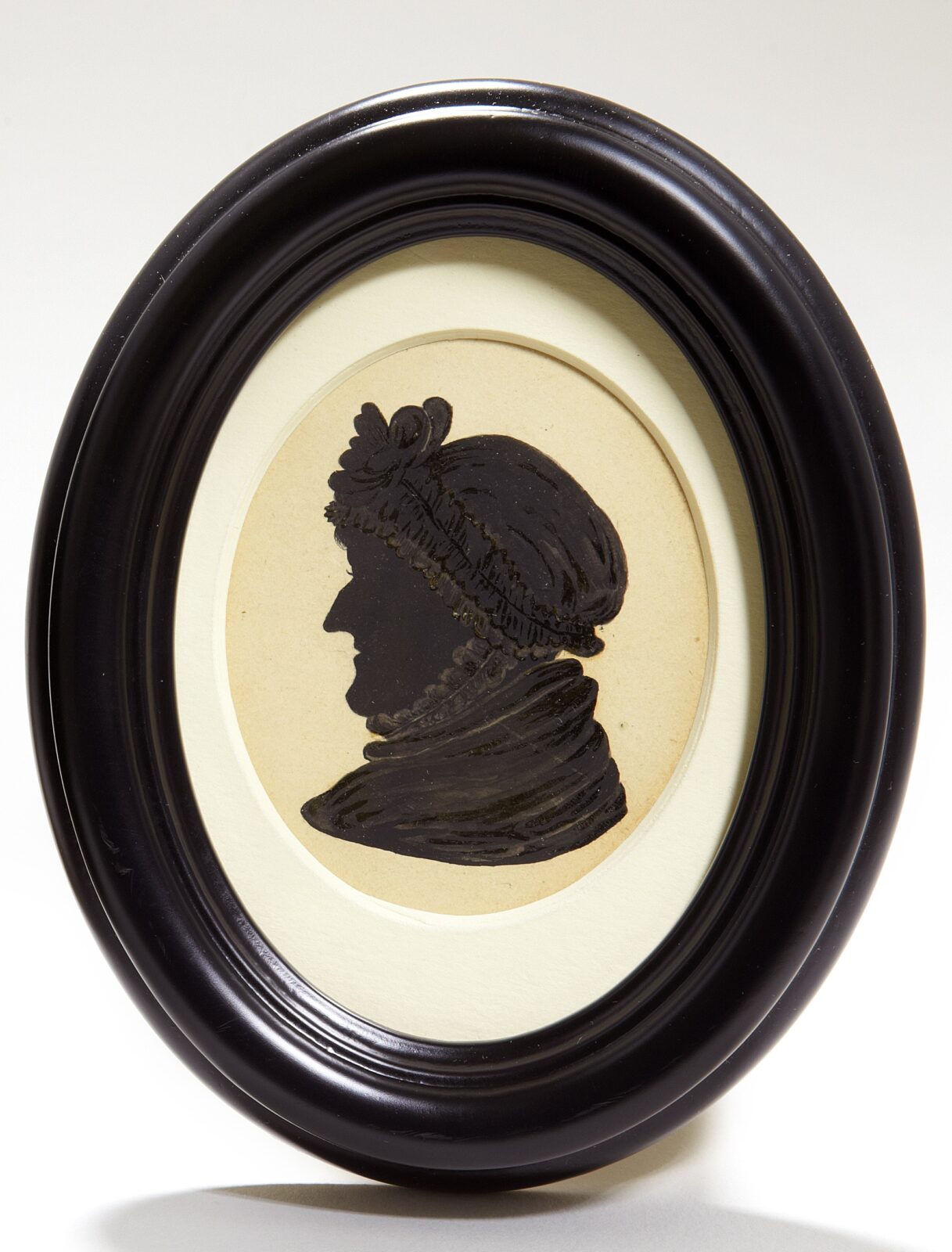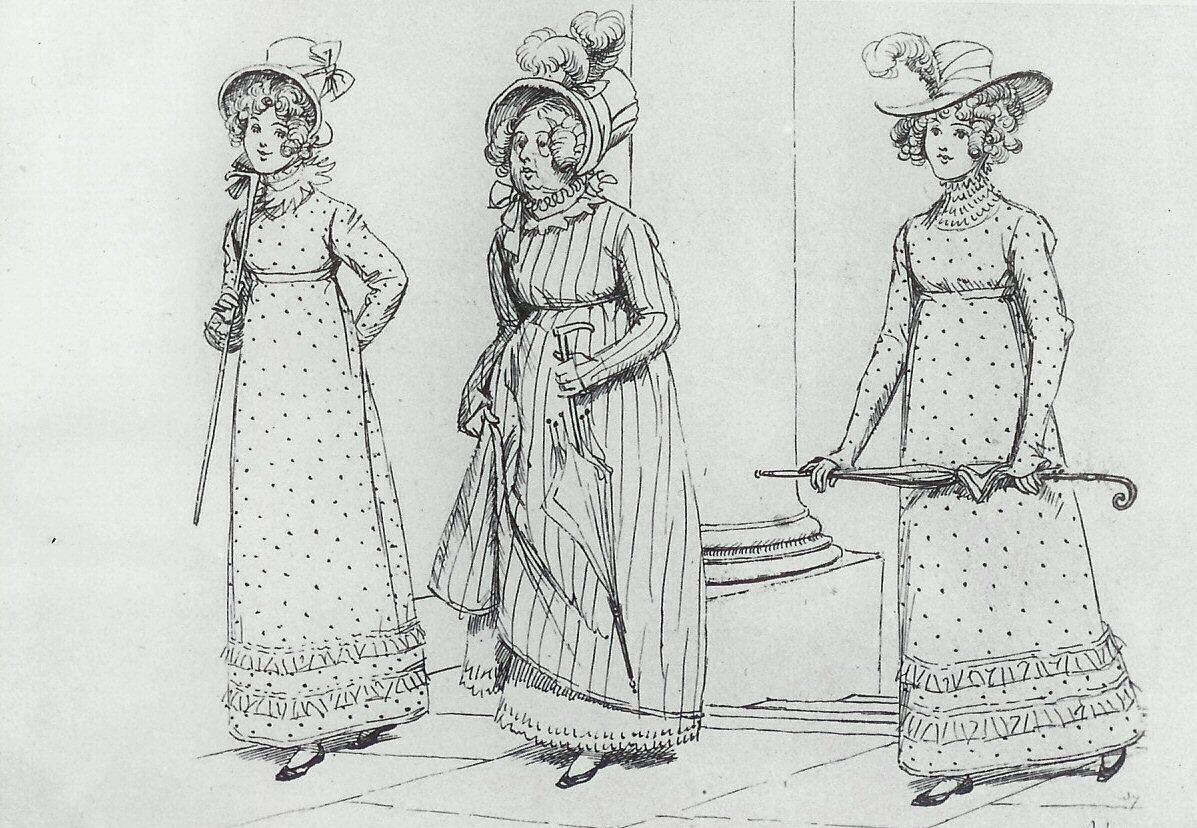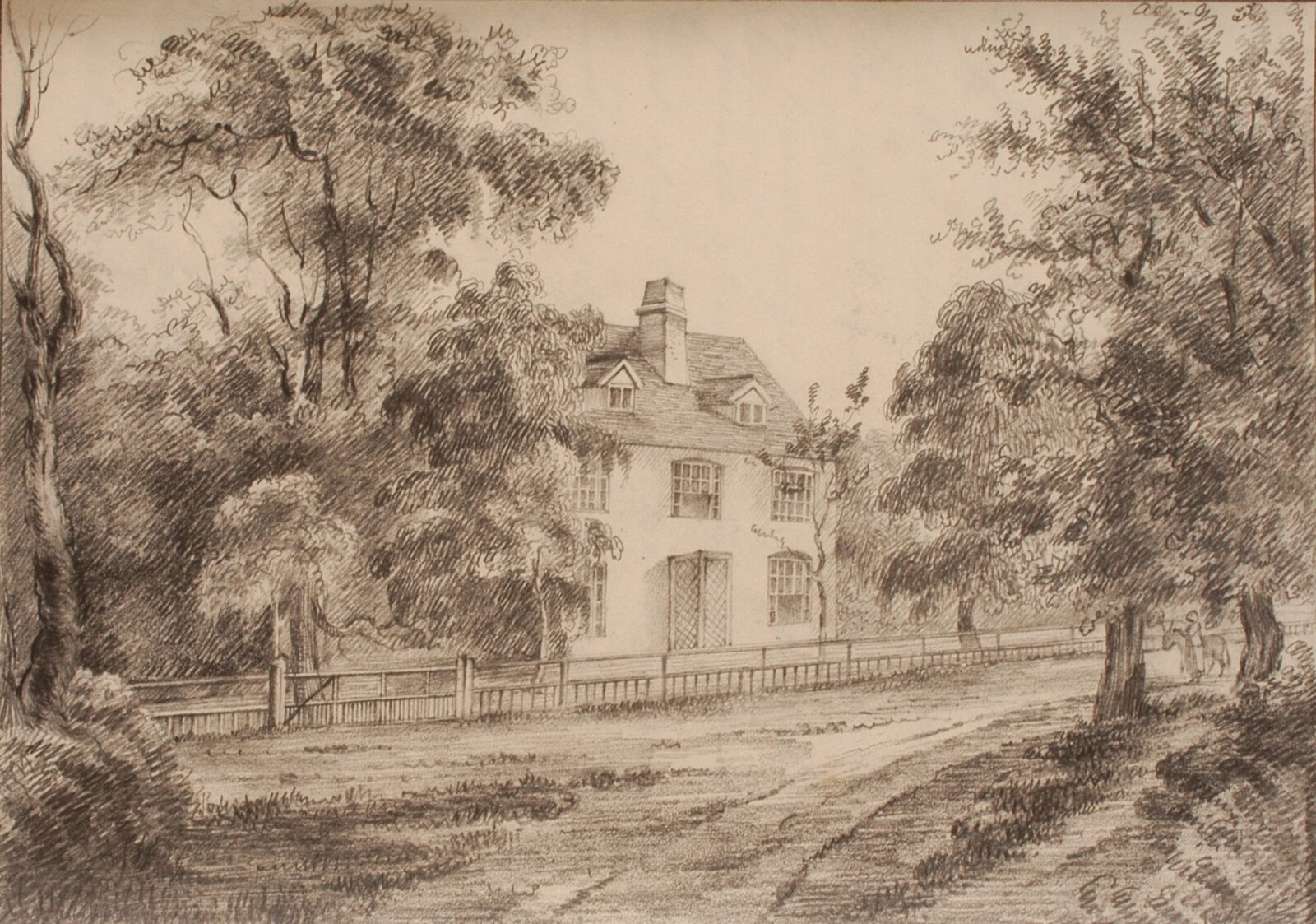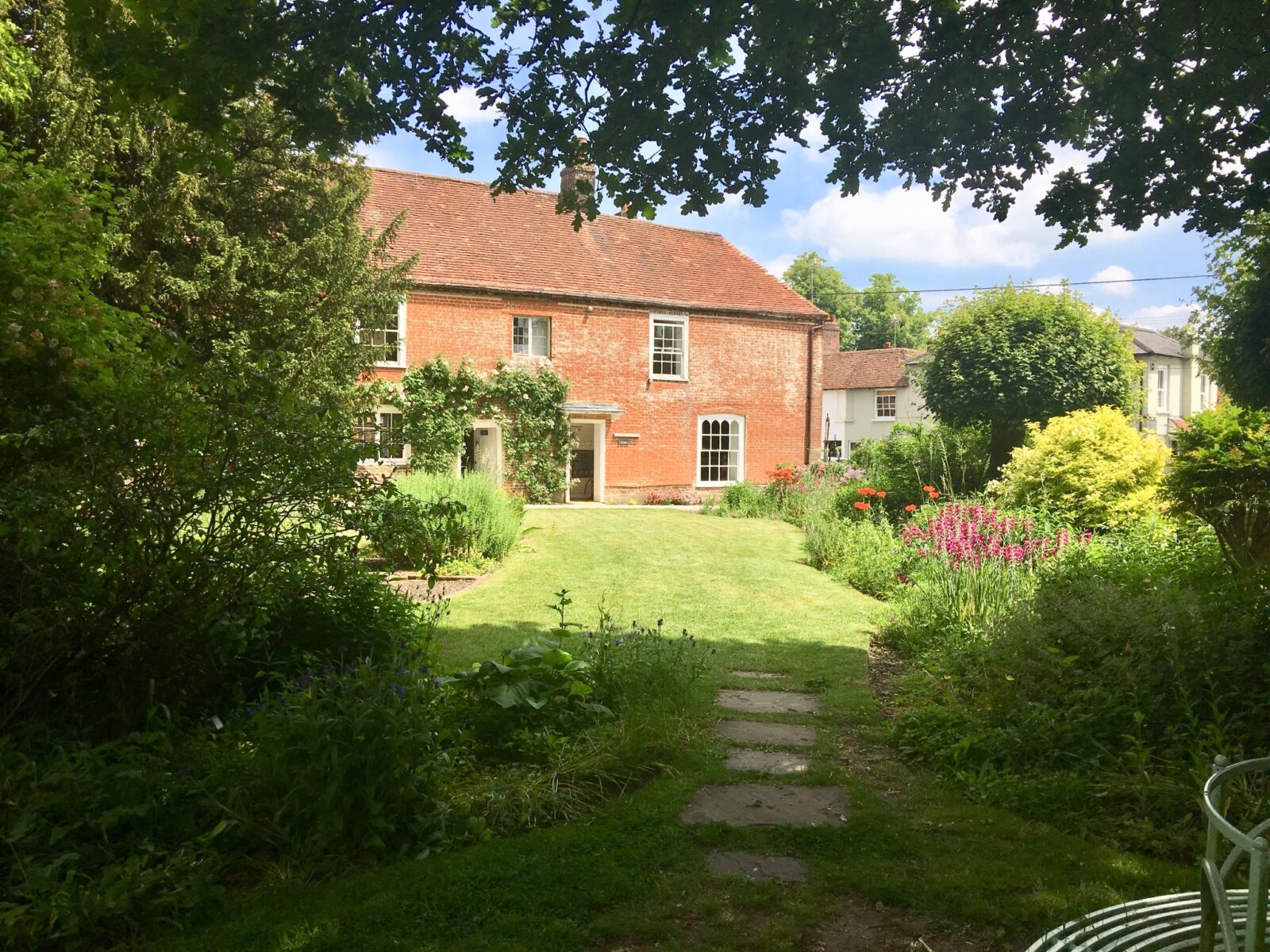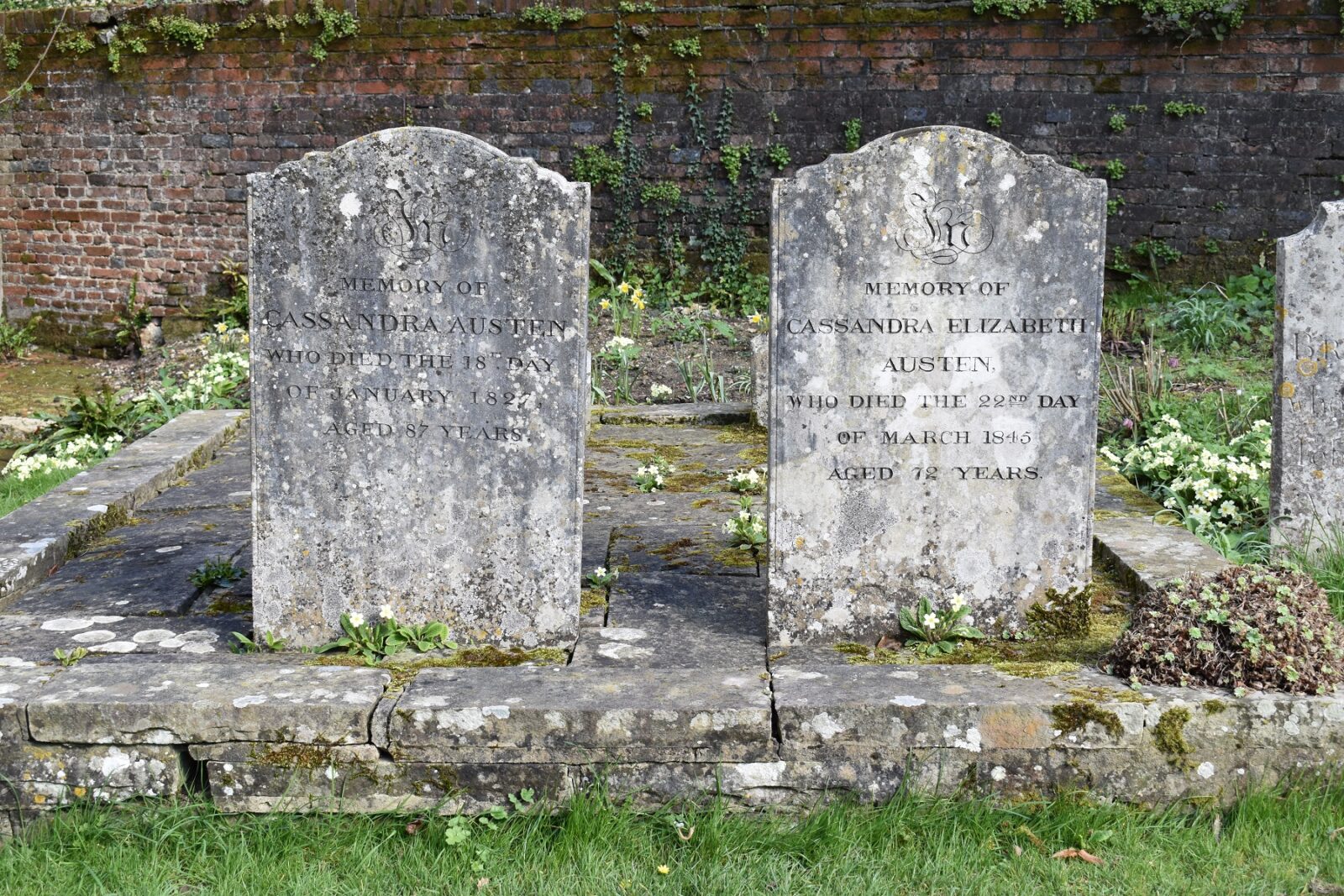“my Mother is exceedingly pleased.” – Happy Mother’s Day to Mrs Austen!
Here in the UK it is Mother's Day, the perfect opportunity for us to celebrate our very own matriarch, Mrs Cassandra Austen! In fact, long before it was called Jane Austen’s House, Chawton Cottage was referred to simply as ‘Mrs Austen’s’.Some people view Mrs Austen as the original Mrs Bennet; Jane’s letters frequently (and frustratedly) describe her mother suffering from ailments that are “chiefly in her head” (letter to Cassandra, 8th-11th April 1805), with ‘cures’ including leeches, laudanum, and doses of rhubarb. It’s easy to imagine her crying out, like Mrs Bennet, “you have no compassion for my poor nerves!”
But that’s where the similarities end. Noted for her ‘sprack wit’, Mrs Austen was a practical woman who wasn’t afraid to get her hands dirty. We might even consider her a working mother. At Jane Austen’s childhood home of Steventon, Mrs Austen, as well as raising eight children, was something of a farmer, taking care of poultry, running a dairy, brew house, and granary. She was particularly fond of her own small herd of cows, writing in a letter of 26th August 1770: “My little Alderney one turns out tolerably well, and makes more Butter than we can use.”
Her chief joy, however, was her vegetable patch. Especially her potatoes. In Steventon, she was amongst one of the earliest cultivators of the exotic New World vegetable, something of a novelty on the dinner table when she served them to visitors.
When she moved with her daughters to Chawton, Mrs Austen once again took control of the kitchen garden, including – of course – potatoes. She could be spotted walking around in a green labourer’s frock when she was heading to her vegetable patch, which must have been quite the sight for the villagers – especially considering that her son, Edward, was the grand estate owner!
Like her youngest daughter, Mrs Austen enjoyed word games and writing. She was known amongst acquaintances for her light verse, such as this ode to gardening –
My flesh is much warmer, my blood freer flows,
When I work in the garden with rakes and with hoes.
Mrs Austen died in 1827 at the ripe old age of 87, and is buried at St Nicholas Church in Chawton, next to her eldest daughter and namesake, Cassandra Elizabeth Austen.
